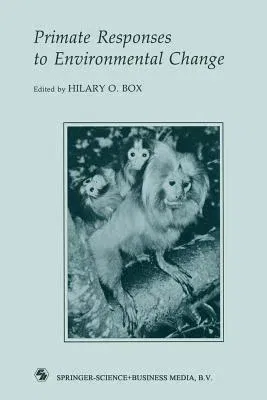Primate Responses to Environmental Change (Softcover Reprint of the Original 1st 1991)Paperback - Softcover Reprint of the Original 1st 1991, 23 October 2012

Qty
1
Turbo
Ships in 2 - 3 days
In Stock
Free Delivery
Cash on Delivery
15 Days
Free Returns
Secure Checkout
Print Length
442 pages
Language
English
Publisher
Springer
Date Published
23 Oct 2012
ISBN-10
9401053774
ISBN-13
9789401053778
Description
Product Details
Book Edition:
Softcover Reprint of the Original 1st 1991
Book Format:
Paperback
Country of Origin:
NL
Date Published:
23 October 2012
Dimensions:
23.39 x
15.6 x
2.39 cm
Genre:
Ecology
ISBN-10:
9401053774
ISBN-13:
9789401053778
Language:
English
Location:
Dordrecht
Pages:
442
Publisher:
Weight:
648.64 gm

